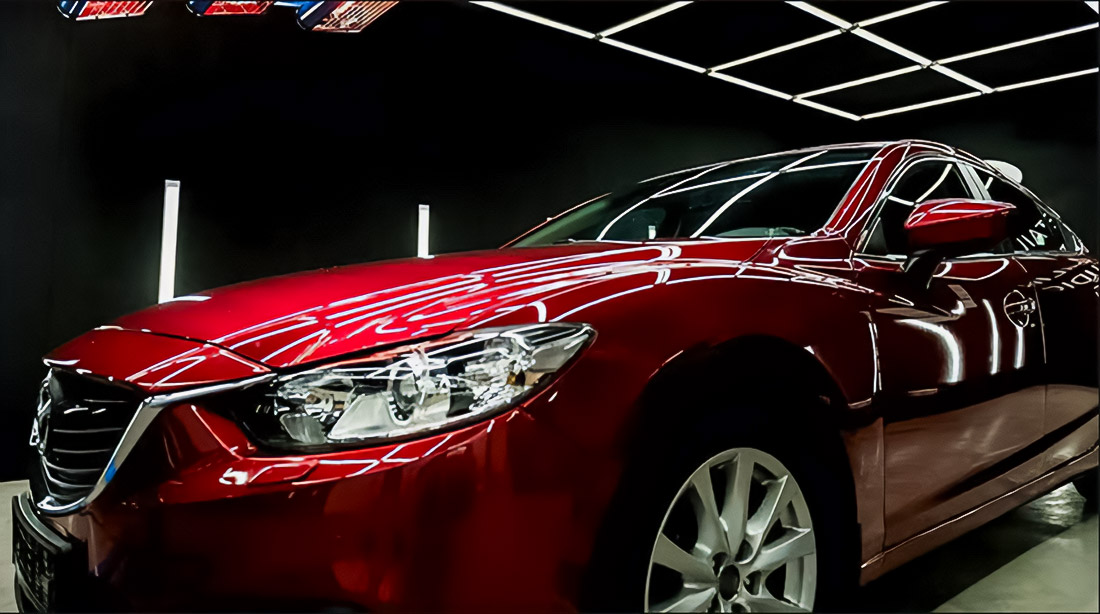In the world of modern cars, sound insulation becomes an important element for increasing the comfort and safety of drivers. sound deadner not only reduces the level of noise in the cabin but also has a significant impact on cognitive abilities and the psychological state of drivers. Research shows that an optimal sound environment can help drivers better concentrate on the road and make faster and more substantiated decisions.
Role of Cognitive Load in Modern Driving

Cognitive load is that volume of mental efforts that a driver must expend for successful control of the car. According to research, driving in conditions of intense traffic requires from the driver constant processing of visual information and operational decision-making. In the process of driving increased cognitive load can cause quick fatigue, which reduces concentration, increasing the risk of road accidents. Experts assert that skills in managing cognitive load contribute to increasing safety on the road.
Psychology of Driving: Impact of Noise
The sound environment inside the car forms the psychological state of the driver. Road noise, sounds of engine operation, as well as external loud signals can provoke stress and distract attention. According to research, continuous sound background stimulates production of cortisol – stress hormone, which negatively affects driver’s reaction. However, absence of any sounds, paradoxically can generate a sense of isolation, which also negatively affects psychological comfort of driving.
Elegant Solution: Sound Insulation for Improving Concentration and Comfort
Modern cars are equipped with advanced systems of sound insulation, the goal of which is the minimization of the noise level in the cabin. According to industry companies, strengthening sound insulation by 20% increases the driver’s concentration level by 30%. Reduction of distracting background contributes to the improvement of cognitive abilities, such as attention, reaction, and ability of operational decision-making. However, it is necessary to remember that excessive application of sound insulation can lead to “acoustic isolation,” depriving the driver of the ability to hear important external sound signals.
How Sound Insulation is Achieved: Modern Approaches and Technologies
The automotive industry implements diverse technologies to ensure optimal levels of sound insulation.
- Acoustic panels and carpets: Used for absorption of sound waves, significantly reducing their penetration into the cabin.
- Soundproof films: Especially effective on car windows, reducing noise from wind and external environment up to 40%.
- Sound-insulating seals: Installed in doors and windows for the elimination of gaps that can let noise through.
These methods not only increase acoustic comfort but also contribute to the improvement of the overall driving experience.
Excesses and Dangers of Over-Insulation
Although sound insulation provides undeniable advantages, its excessive application can have negative consequences. Even a 5% reduction in the audibility of external signals, such as ambulance car signals, can cause serious threats. The absence of external sound signals leads to a false sense of security and reduction of alertness in drivers, which is confirmed by numerous studies.
Empirical Data and Life Examples
Research conducted in European countries shows that drivers of cars with increased sound insulation experience greater stress after long trips. Reason – sense of isolation due to absence of external sound stimuli. Another example – professional drivers, such as taxi drivers and truckers. For them, properly executed sound insulation is critical, as it helps maintain clarity of mind and reduces level of fatigue, which increases their productivity by 25% and reduces risk of accidents by 15%.
Summarizing, sound insulation of cars noticeably affects cognitive and psychological aspects of driving. Competent approach to sound insulation can significantly increase level of comfort and safety, making the trip more pleasant and safe. It is important to consider balance between need to isolate sound and possibility to perceive important external signals for achieving optimal effect.

Skateboarder, self-starter, hiphop head, Swiss design-head and Guest speaker. Producing at the nexus of aesthetics and programing to craft an inspiring, compelling and authentic brand narrative. I’m fueled by craft beer, hip-hop and tortilla chips.


